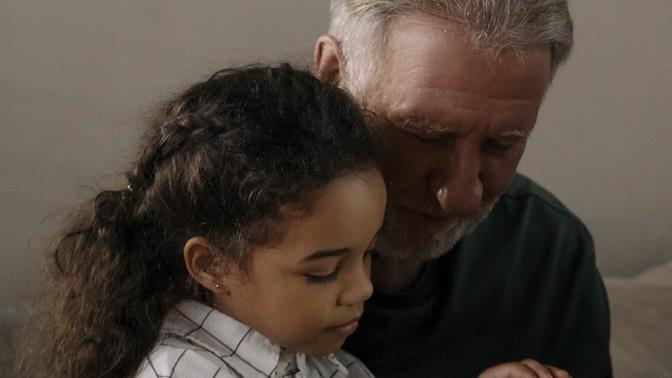Aiming for a world without waste
The Cradle to Cradle® Design Concept
Waste is essentially material in the wrong place. Re-using the materials contained in a product instead of disposing of them after the product is no longer in use is a smart approach that addresses both the global waste problem and the increasing resource scarcity. The Global Risk Report 2021 of the World Economic Forum defines natural resource crises as the fifth top risk by impact to become a critical threat to the earth’s survival within the next five to ten years. But how did we get here? For years, most economic processes have followed a linear take-make-waste process, in which resources are extracted to produce items that are discarded after their end of use. This has led to an extensive resource exploitation that has created a global waste problem. A cradle to cradle approach has many benefits and could be the answer.
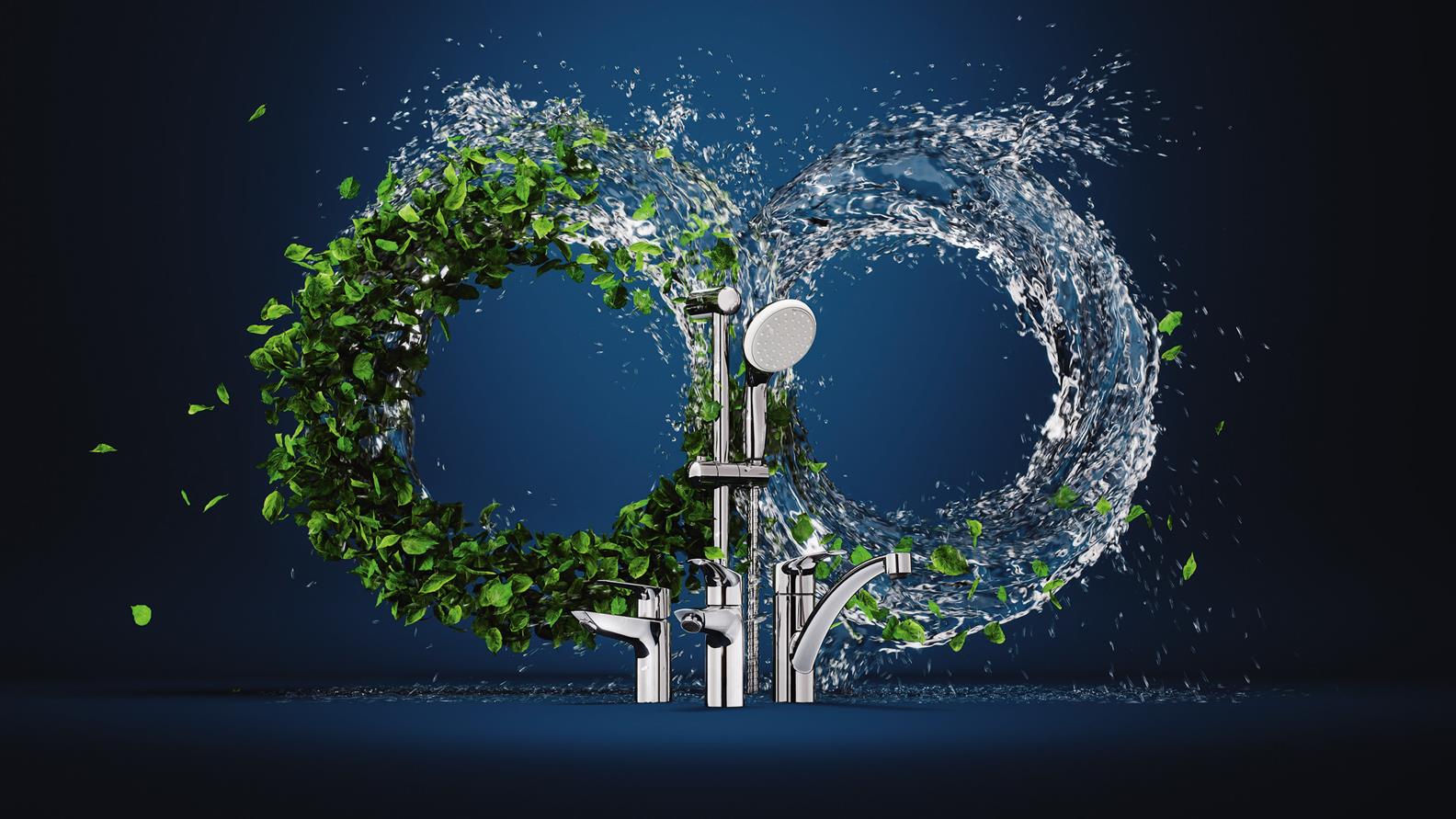
The Cradle to Cradle approach – an economic model of the future
Now is the time to act: The worldwide overconsumption of resources requires a rethinking of the linear take-make-waste model. An approach that has gained increasing significance for those striving for a circular economy is the Cradle to Cradle® (C2C) design concept. Unlike the linear model, in the cradle to cradle model a product is manufactured with the intention of using its components in its end-of-life phase for the creation of new products, thereby reducing the amount of new resources needed.
The path to Cradle to Cradle Certified ® products
The cradle to cradle concept is an approach for designing intelligent products, processes, and systems by taking the entire life cycle of a product into account. According to this concept, all materials are understood as nutrients in closed biological or technical cycles. It differentiates between consumer goods (e.g. natural fibers or detergents), which are biodegradable, and service products (e.g. faucets) that are broken down into their original materials. Therefore, resources can potentially be re-used endlessly, meaning that the cradle to cradle approach goes far beyond the conventional recycling of products. Cradle to Cradle Certified® products have thus been assessed for their use of environmentally safe, healthy, and recyclable materials.*
To achieve a cradle to cradle certification, a product is evaluated in terms of five categories: material health, material reutilization, renewable energy, water stewardship, and social fairness. Each product is then designated a level of achievement. As of now, three faucets (GROHE BauEdge S-Size, GROHE Eurosmart S-Size, GROHE Eurosmart Kitchen) and the GROHE Tempesta Shower 100 rail set are Cradle to Cradle Certified® at the Gold level while the GROHE Tempesta 2 spray hand shower and the GROHE Blue filters from our supplier BWT completed the Bronze status.
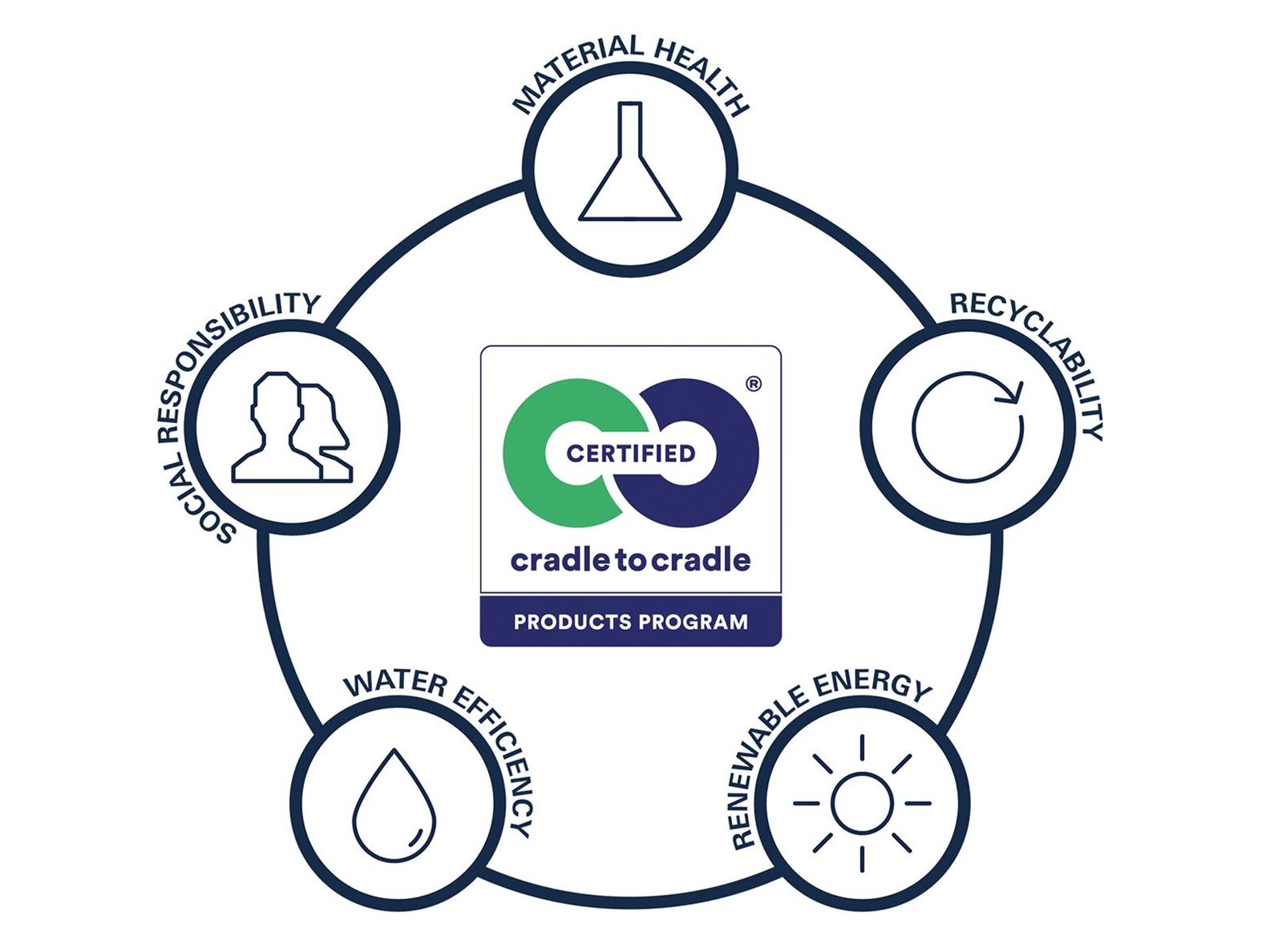
GROHE offers the construction industry and consumers sustainable products with minimal impact
GROHE has been approaching circular value creation for years, with waste recycling rates of up to 99 percent and the use of brass with recycled content of ca. 80 percent. With the introduction of a Cradle to Cradle Certified® product portfolio the brand is taking the next steps while utilizing the great potential of the circular economy. Cradle to Cradle certified® products support both the construction industry and consumers, who want to pay more attention to sustainability when choosing new products.
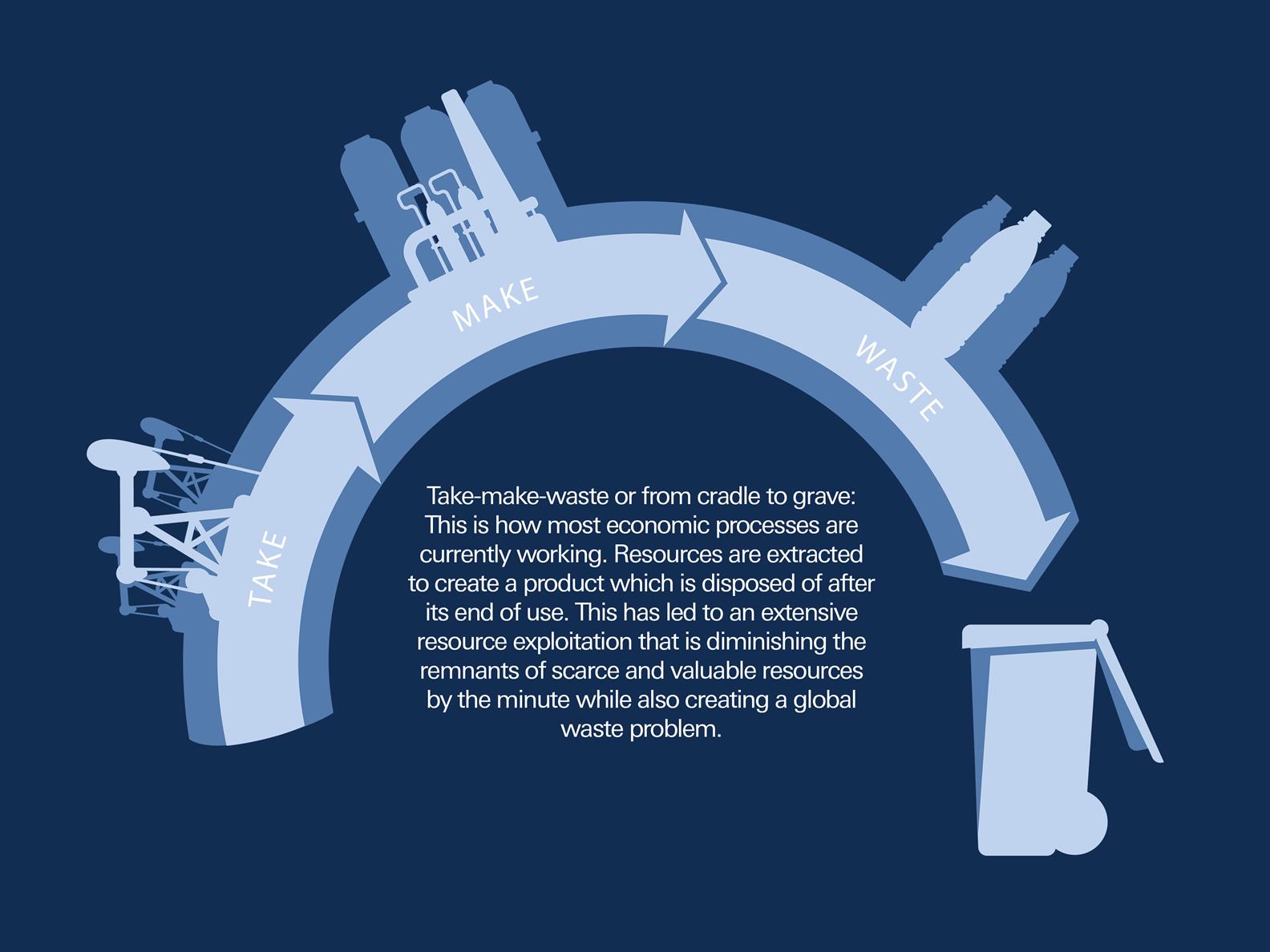
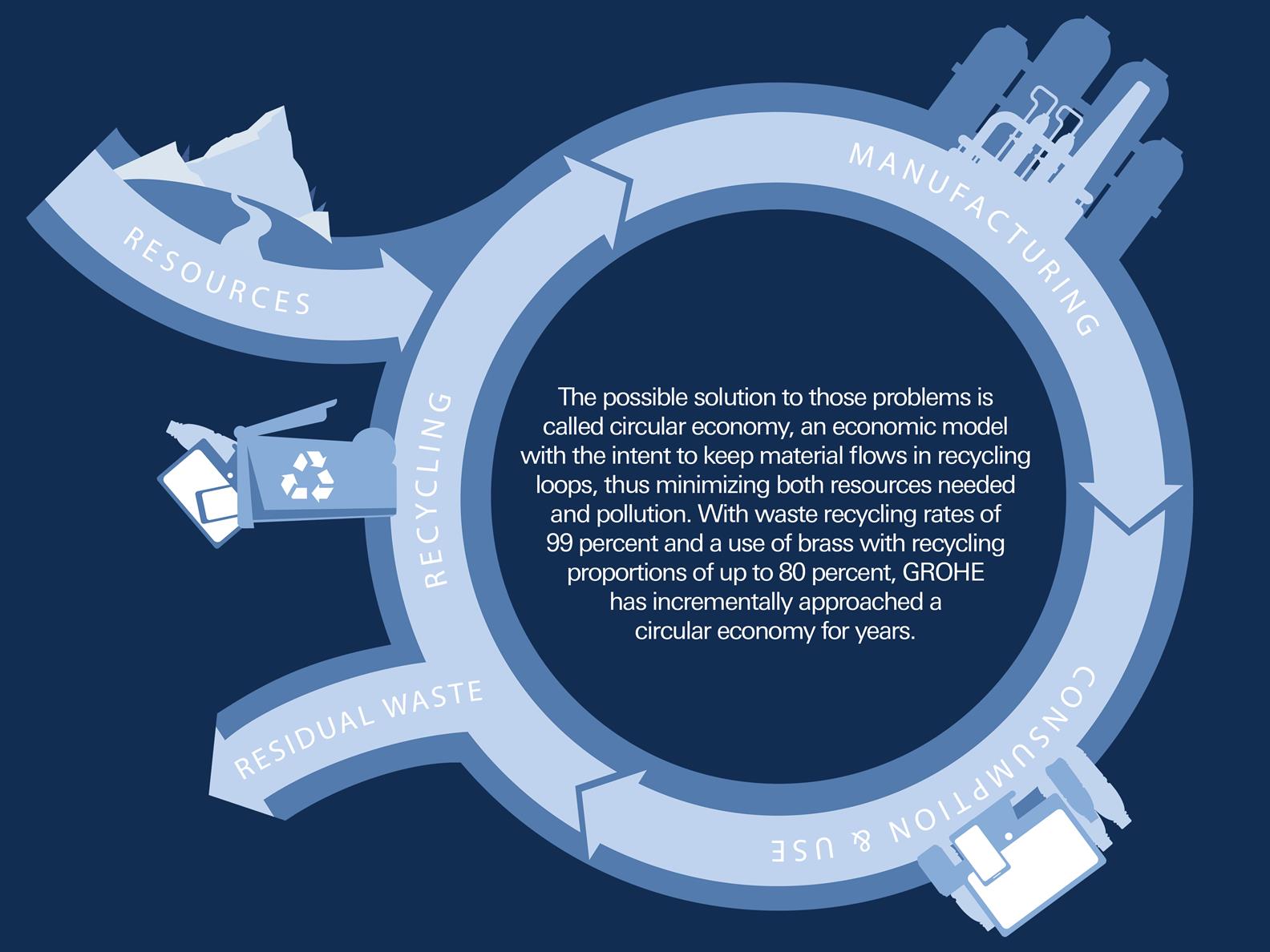
* Certified in accordance to Cradle to Cradle Certified Version 3.1. The C2C Certified Product Standard is the world’s leading science-based and rigorous norm for safe, circular, and responsible materials and products. To achieve a certification, a product is evaluated in terms of the following five criteria: material health, material reutilization, renewable energy, water stewardship, and social fairness. Each product is then designated a level of achievement, either basic, bronze, silver, gold, or platinum. Find more information here.


